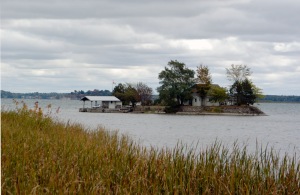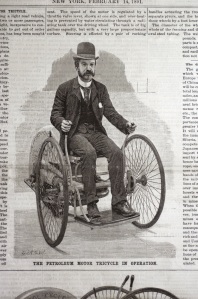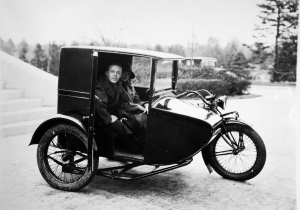The scruffy blue motorcycle fitted with two gas tanks and a tandem seat stopped me in my tracks. Standing in the Wheels Through Time Museum in Maggie Valley, NC the realization dawned that I was looking at a piece of nearly forgotten history.
The prototype Hedstrom V-twin engine made its first appearance on August 5, 1904 at Newport Beach, RI on the first Indian V-twin. The 3hp V-twin was run in Orange, NJ on November 26 and raced at Ormond Beach in January 1905. One might consider this to be the origin of factory race programs being used for retail product development since the new 2.25hp single-cylinder engine, designed to power the new Indian Tri-car, was in production by November 1905.
The question as to when the Hendee Manufacturing Co. first offered a V-twin to the public is put to rest by a company sales brochure dated June 1906. “In presenting the Indian for the season of 1906 . . .” clearly states that the two motorcycles offered to retail customers were ’06 models. One of
these was the Indian Double Cylinder Racer rated at 4 hp, weight of 108 lbs. and priced at $350.
The new V-twin was patterned after the factory racer and didn’t have twist grips or fenders. The gas tank was a torpedo design that straddled the horizontal bar of the frame and not the camelback gas tank on the regular model. Other details were pedals with toe clips (just like those on modern bicycles), shorter handlebars, and the crank chain didn’t have a metal guard. It was fitted with a special split saddle positioned behind the seat tube.
The 1906 sales was titled: “Indian Motocycle, Which Renders Possible the Indian Tri-Car Indian Tricycle, Indian Tandem, Indian Triplet, and the Indian Van. Substantially Six Vehicles In One.” These six variations of the 1906 Indian were based on two attachments, a rear tandem seat and a chassis that replaced the front wheel of the motorcycle with a frame having two parallel, steerable front wheels.


















